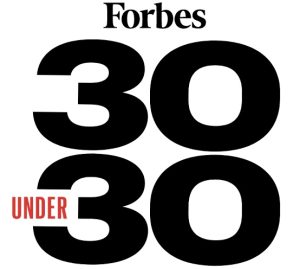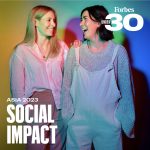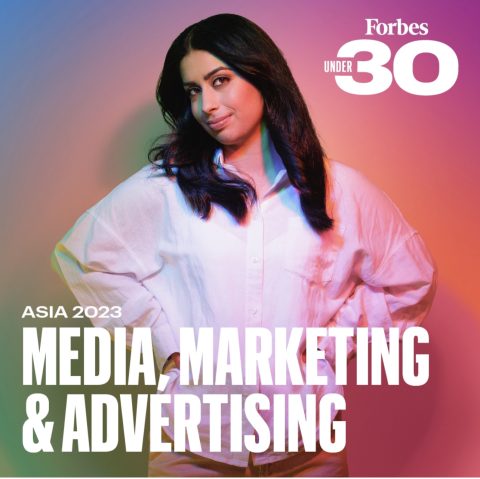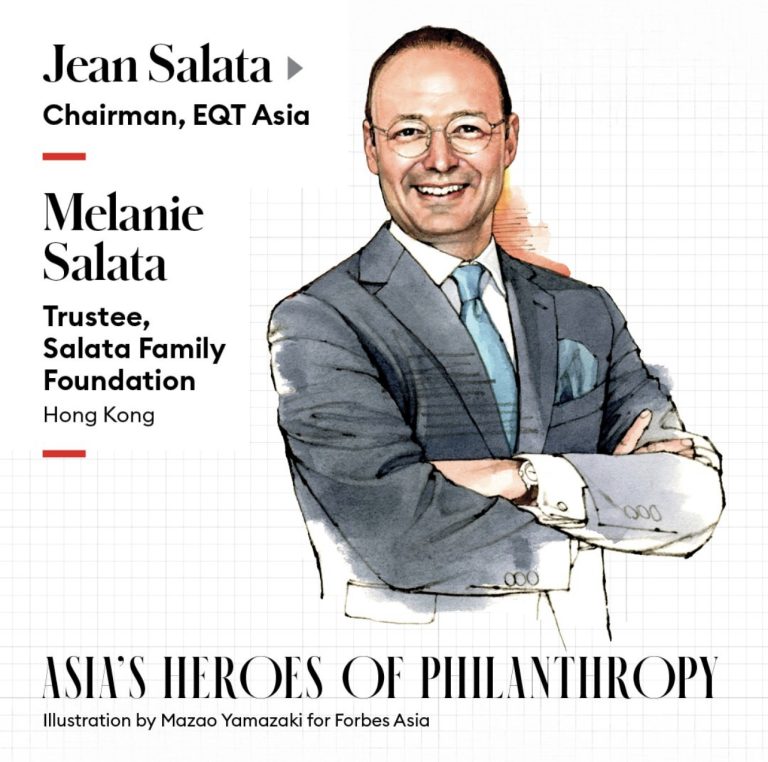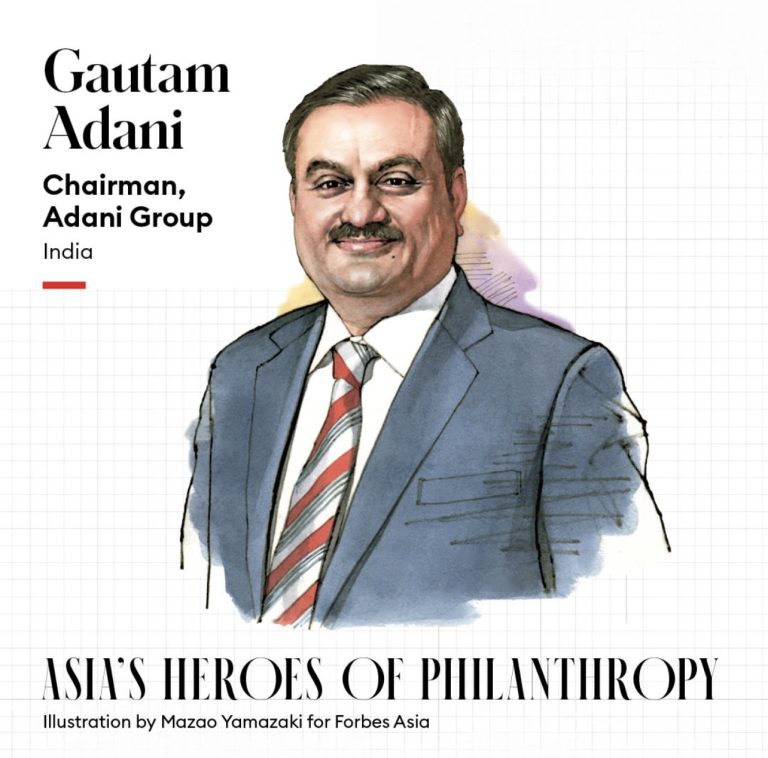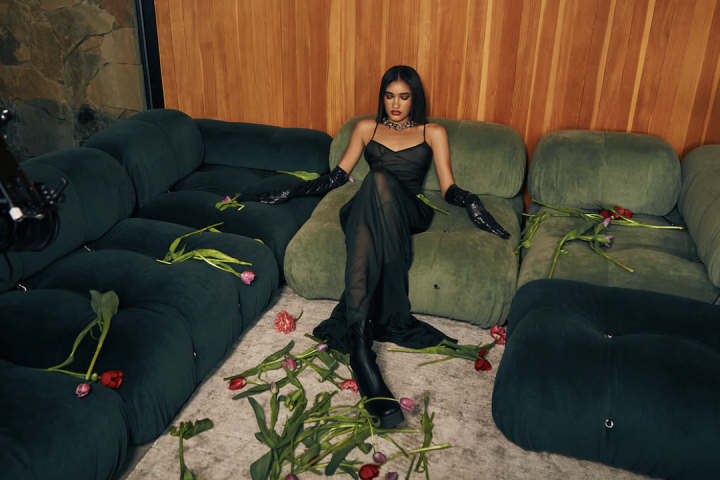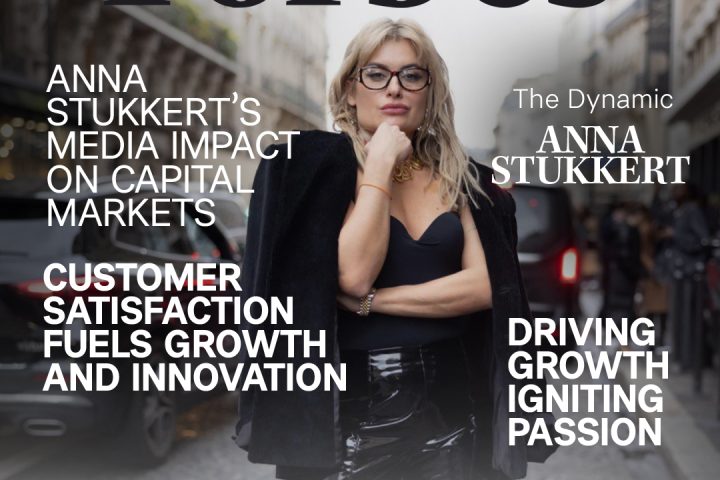Introduction: The fusion of technology and fashion has led to transformative innovations within the industry, pushing the boundaries of creativity and consumer engagement. However, with these advancements come questions and concerns that warrant thoughtful consideration. Levi’s recent announcement of its foray into virtual clothing models powered by artificial intelligence (AI) has ignited a fiery debate within the fashion landscape. While the concept of AI-generated models offers new avenues for representation and engagement, it has also sparked concerns over diversity and the potential displacement of traditional professional models.
The Dawn of AI-Generated Models: Levi’s, a prominent name in the fashion world, has ventured into uncharted territory by collaborating with AI design company Lalaland.ai. The objective was to introduce virtual models adorned in Levi’s clothing to online customers. This innovative approach aimed to enhance consumer experience and visualization, allowing shoppers to see how different Levi’s garments would look on various individuals.
The Diversity Dilemma: While the concept itself holds promise, critics quickly raised concerns about the diversity of the AI-generated models. The lack of representation across races, body types, and identities became a central point of contention. In an era where the fashion industry is striving for inclusivity and embracing diverse beauty standards, the absence of adequate representation within AI models is deemed a missed opportunity. The concern pivots around whether AI can effectively capture the rich tapestry of human diversity, or if it inadvertently reinforces existing biases.
The Threat to Traditional Models: One of the most profound concerns emerging from the Levi’s AI modeling experiment revolves around the potential displacement of traditional professional models. Detractors argue that the adoption of AI-generated models could lead to job losses within the modeling industry. The traditional modeling ecosystem involves numerous stakeholders, from agencies and stylists to hair and makeup artists. Critics suggest that the implementation of AI models might be driven by cost savings, posing a threat to the livelihoods of those involved in the conventional modeling process.
Navigating the Ethical Landscape: The marriage of technology and fashion necessitates a thorough examination of the ethical implications associated with AI modeling. It prompts discussions around the broader responsibilities that brands bear in shaping societal perceptions and norms. Brands have a unique opportunity to influence change and challenge traditional beauty standards by fostering inclusivity through their campaigns and presentations.
Balancing Innovation and Responsibility: The rise of AI-generated models is emblematic of fashion’s ongoing evolution and exploration of novel avenues. However, this evolution must be accompanied by ethical considerations and a commitment to fostering diversity. The industry must strike a balance between embracing innovation and safeguarding the livelihoods of professionals in the traditional modeling sector.
Conclusion: Levi’s bold experiment with AI-generated models has thrust the fashion industry into a critical dialogue about diversity, representation, and job displacement. While AI’s potential for enhancing consumer engagement is undeniable, its impact on human-centric industries like modeling requires careful thought. The convergence of innovation and responsibility is paramount as the fashion world navigates uncharted technological waters. Ultimately, the outcome of this debate will shape not only the future of fashion but also the values and principles that underpin it.
ReadMore: Tommie Mopia: The Filipino Trailblazer Bridging Healthcare, Culture, and Service




